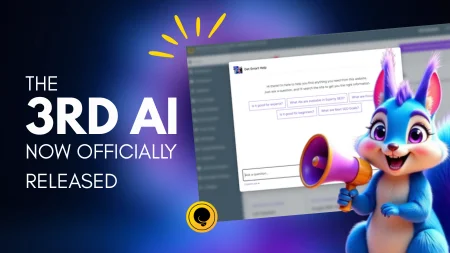Picture this: a potential customer lands on your site, looking for information or a solution. They click a link, expecting to find what they need…and then, bam!
They’re faced with a 404 error. The page they wanted to see can’t be accessed.
It’s far from the ideal first impression and might even prompt them to immediately leave your site.
This is what happens when you move or delete a page and DON’T put a redirect in place.
Redirects play a vital role for several reasons.
Firstly, when you implement redirects, you seamlessly guide traffic from an old URL to its new destination, enhancing user experience and preventing any visitor frustration or confusion.
Remember, nobody likes a dead-end, especially on the web.
For SEO purposes, redirects are just as important because they forward the authority of any links pointing to a page that has been moved or deleted.
In contrast, you won’t gain any authority from backlinks that point to a page that is now triggering 404 errors.
👉 Click here to become a Redirect Wizard 👈
But here’s the good part: managing redirects doesn’t have to be complicated.
Enter Squirrly SEO’s Advanced Redirects Module – your solution to effortlessly set up and track redirects, ensuring your site always leads right where it should.
Let’s take a closer look at the types of redirects you can configure using Squirrly.
Permanent redirects: 301, 308
301 – Moved Permanently: This is the most commonly used redirect type. It tells search engines and browsers that the original URL has permanently moved to a new location.
It’s ideal for long-term URL changes.
308 – Permanent Redirect: A 308 permanent redirect response code informs search engines and web browsers that a URL has permanently moved to a new location and that the original URL will no longer be accessible.
Temporary redirects: 302, 307
302 – Found: A 302 redirect indicates a temporary move or a temporary alternate version of a page.
It’s useful when you plan to bring the original page back or if you want to test a new page without permanently replacing the old one.
307 – Temporary Redirect: A 307 redirect indicates that the redirection is only temporary and the original URL will be accessible again in the future.
This type of redirect is useful when you need to perform website maintenance or make updates to your pages while ensuring minimal disruption to your users.
Don’t leave your old links hanging!
Redirects are like secret agents working behind the scenes, ensuring everyone’s happy – your visitors, your SEO, and you!
Want to know more about how to start implementing redirects effectively?
🔗 Check out this full tutorial on using Squirrly’s Redirects Module.
Don’t let 404 errors crash your site’s party. Explore our step-by-step guide and learn to make the most of this functionality to keep your SEO strong.

















